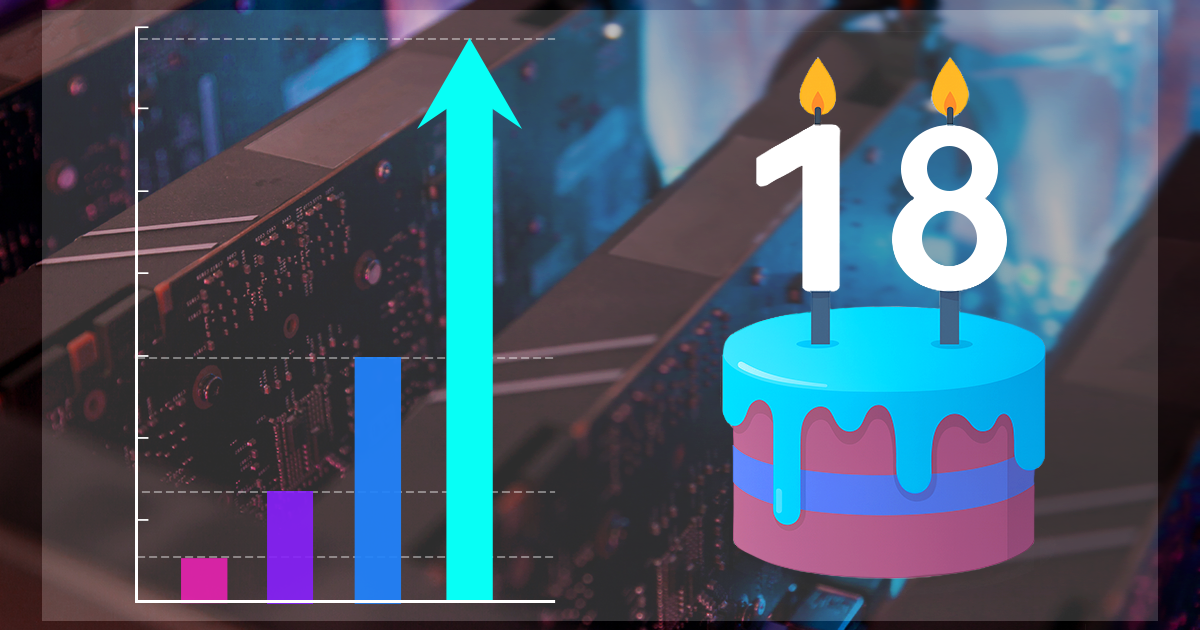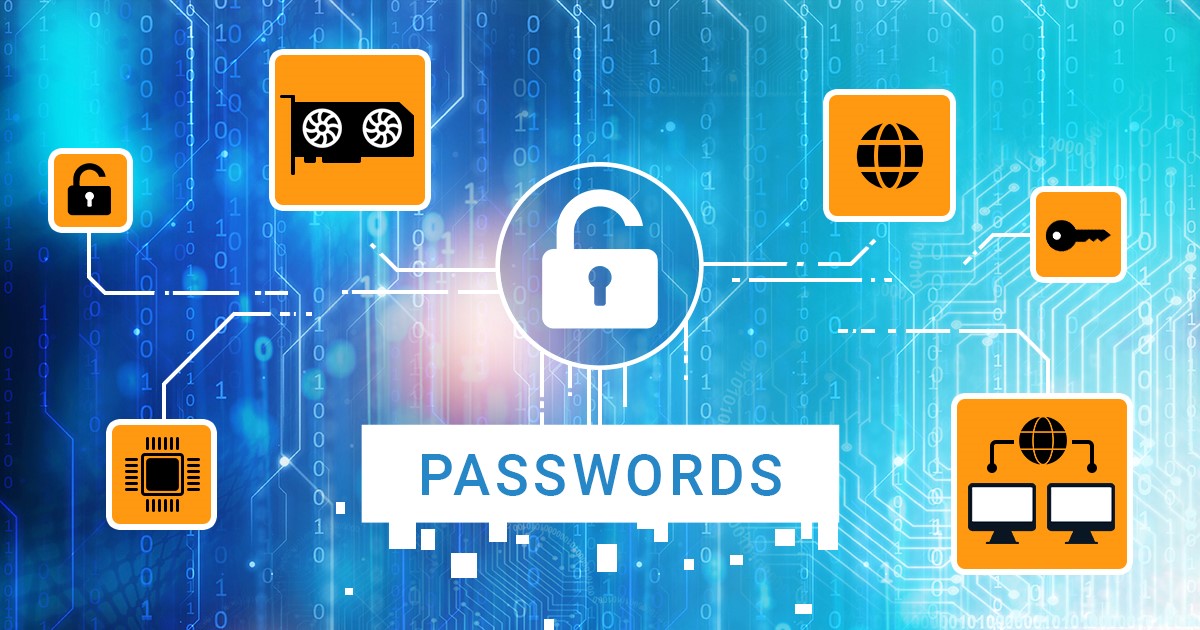From time to time, we stumble upon a weird issue that interferes with the ability to install a jailbreak. One of such problems appearing literally out of the blue is the issue of being unable to remove the screen lock password on some iPhone devices. What could be the reason and how to work around the issue? Read along to find out!
The past two years have become a turning point in iOS acquisition. The release of a bootrom-based exploit and the corresponding jailbreak made BFU acquisition possible on multiple devices regardless of security patches. Another exploit covers the entire iOS 13 range on all devices regardless of their hardware revision. ElcomSoft developed a jailbreak-free extraction method for the entire iOS 9.0-13.7 range. Let’s see what low-level acquisition options are available today, and when to use what.
After adding jailbreak-free extraction for iOS 13.5.1 through 13.7, we now support every Apple device running any version of iOS from 9.0 through 13.7 with no gaps or exclusions. For the first time, full file system extraction and keychain decryption are possible on all devices running these iOS versions.
If you are familiar with iOS acquisition methods, you know that the best results can be obtained with a full file system acquisition. However, extracting the file system may require jailbreaking, which may be risky and not always permitted. Are there any reasons to use jailbreaks for extracting evidence from Apple devices?
Is it possible to extract any data from an Apple Watch? It’s relatively easy if you have access to the iPhone the device is paired to, or if you have a backup of that iPhone. But what if the watch is all you have? If there is no paired iPhone, no backup and no iCloud credentials, how can you connect the Apple Watch to the computer, and can you backup the watch?
For almost a decade, if not longer, I have collaborated with Vladimir Katalov on various digital forensics research topics. He has always been a great source of guidance, especially on iOS related challenges. When he offered me a standing invitation to post on the Elcomsoft Blog, I felt very humbled and honored to be given the opportunity to post on the ElcomSoft Blog, and I would like to thank the ElcomSoft team. This article has also been prepared together, with Vladimir Katalov.
It’s been a week since Apple has released iOS 14.2 as well as iOS 12.4.9 for older devices. Just a few days later, the developers updated the checkra1n jailbreak with support for new devices and iOS versions. What does that mean for iOS forensics? Let’s have a look; we have done some testing, and our discoveries are positively consistent with our expectations. Just one exception: to our surprise, Apple did not patch the long lasting vulnerability in iOS 12.4.9 that leaves the door open to full file system extraction and keychain acquisition without jailbreaking.
How secure are your chats in your favorite instant messenger? Can someone intercept and read your secret conversations, and can you do something about it? Apple users have access to the highly popular instant messaging system, the iMessage. But how secure it really is? Let’s find out.
2FA, Apple iCloud, EIFT, Elcomsoft iOS Forensic Toolkit, Elcomsoft Phone Breaker, Elcomsoft Phone Viewer, EPB, EPV, iMessage, iTunes backup, passcode
Apple iMessage is an important communication channel and an essential part of forensic acquisition efforts. iMessage chats are reasonably secure. Your ability to extract iMessages as well as the available sources of extraction will depend on several factors. Let’s discuss the factors that may affect your ability to extract, and what you can do to overcome them.
If the iPhone is locked with a passcode, it is considered reasonably secure. The exception are some older devices, which are relatively vulnerable. But what if the passcode is known or is not set? Will it be easy to gain access to all of the data stored in the device? And why do we have the countless forensic tools –is analysis and reporting the sole reason for their existence? Not really. If you’ve been wondering what this acquisition thing is all about, this article is for you.


